By Cleo Fogal • Special to The Current
The Lehigh River and the town of Mauch Chunk have been tied together ever since the town was founded, in 1818.
Mauch Chunk was placed on the banks of the Lehigh because it was a good place to dispatch loads of anthracite coal down to Philadelphia, and from there to the entire east coast by steamship.
Anthracite coal was discovered in Summit Hill in 1791. Once city factories realized that it burned hotter and cleaner than other kinds of coal, anthracite was in high demand, but it was difficult to get the coal from the coal fields to the factories that wanted it.
Coal from England was cheaper and easier to get.
When the War of 1812 between the US and England broke out, it resulted in blockades of shipping bound for the US, which created a huge market for domestic coal.
The first long haul coal transportation was done by arks, which were skiffs built specifically for one way coal transportation, which would be unloaded and their timber sold for lumber when they reached their destination. The arks proved to be both unreliable and expensive, so the founders of the Lehigh Coal and Navigation Company built themselves a canal system.
Mauch Chunk was the hub of the canal system because the Lehigh’s steep banks made it easy to bring coal on the switchback railroad from Summit Hill and dump it onto the waiting canal boats at the foot of Mount Pisgah. The canal boats could carry 100 tons of coal. At the height of the canal era there were an estimated 2 thousand boats on the canal network, which included the Lehigh, Delaware, and Morris canals
Anthracite powered the nation in the 1800s, and Mauch Chunk was the transportation center that moved it from the coal fields down the Lehigh corridor to the factories and homes that needed it. In 1855 more than a million tons of coal left Mauch Chunk. This created enormous wealth. Thirteen millionaires lived downtown.
Trains gradually replaced the canal boats, and when train routes were developed that were closer to the coal fields than Mauch Chunk, the Lehigh Gorge train lines turned to tourism. Mauch Chunk was a popular destination in its own right as a mountain escape from the summer heat in New York and Philadelphia.
Glen Onoko Falls, upstream from Mauch Chunk, had its own hotel and was a popular stop for train tourists on their way to visit Niagara Falls.
Then cars replaced trains and petroleum replaced anthracite, and Mauch Chunk lost its identity. Coal production kept some people employed and there were sewing factories and some other light industry, but the boom times were over.
Traffic on the Lehigh slowed down, and the river was left to itself, to slowly recover from the effects of being an industrial highway. Coal had been lost in the river, timber had been harvested, and sparks from steam trains had started lots of brush fires. In the early 1900s people say the river ran black.
Town leaders in Mauch Chunk started an industrial development fund in an effort to get town moving again, and in the 1950s they invested it in a memorial to the great Indian athlete, Jim Thorpe. The town renamed itself after Thorpe, and slowly started the climb back to prosperity.
In the mid 1970s the world got interested in a new sport, called whitewater rafting, and the Lehigh River was rediscovered and reinvented as a whitewater rafting destination. Locals had always gone tubing in the calmer sections of the river, but in the late 70s commercial outfitters opened up, bringing professional equipment and tourists from all over the world to run the calm and the more difficult river sections.
The Lehigh morphed from a highway for coal transportation to a destination river for outdoor recreation.
The Lehigh Gorge State Park licenses 4 outfitters to take people on guided Lehigh River trips, amounting to about 150 thousand visitors to our area each river season. Add the private kayakers, the tubers, and the rental companies, and the number of people enjoying the river is estimated at a quarter million. Those people spend money to eat and sleep. They patronize local businesses and performance venues, and keep property values up.
Local young people have an opportunity to learn leadership skills guiding city people while participating in healthy outdoor activities. The whitewater rafting industry is good for our area.
The industry is dependent on summer water releases from the Frances E Walter Dam, located near the headwaters of the Lehigh, a few miles north of White Haven. Recently New York City made moves to try to take control of the dam for their own uses.
The Lehigh flows into the Delaware. In times of drought the salt water line could come up the Delaware, fouling drinking and ground water in Philadelphia. There are several dams in the Delaware River Basin, all of which are tied to controlling that salt water line. New York City controls a couple of them, but they’d like to also control the Frances E Walter, taking the pressure off of their other dams.
New York funded a feasibility study on their takeover plan in 2019, but in 2020 they held a meeting to get Pennsylvania public input into the plan and they were blown away by the public response. A thousand people showed up to complain at the meeting, and hundreds wrote negative comments on the feasibility website.
In 2021 the study was amended to say that there could be no changes to the Frances E Walter release policy that would affect downstream recreation. Summer releases appear to be safe for now. But in an era of climate change and dwindling natural resources, the situation could change. From coal transportation to outdoor recreation, the Lehigh has always been important to Mauch Chunk and Jim Thorpe. New York City has access to all manner of experts who can professionally manipulate federal regulations. If we care about local control of our river, it’s up to us to pay attention!








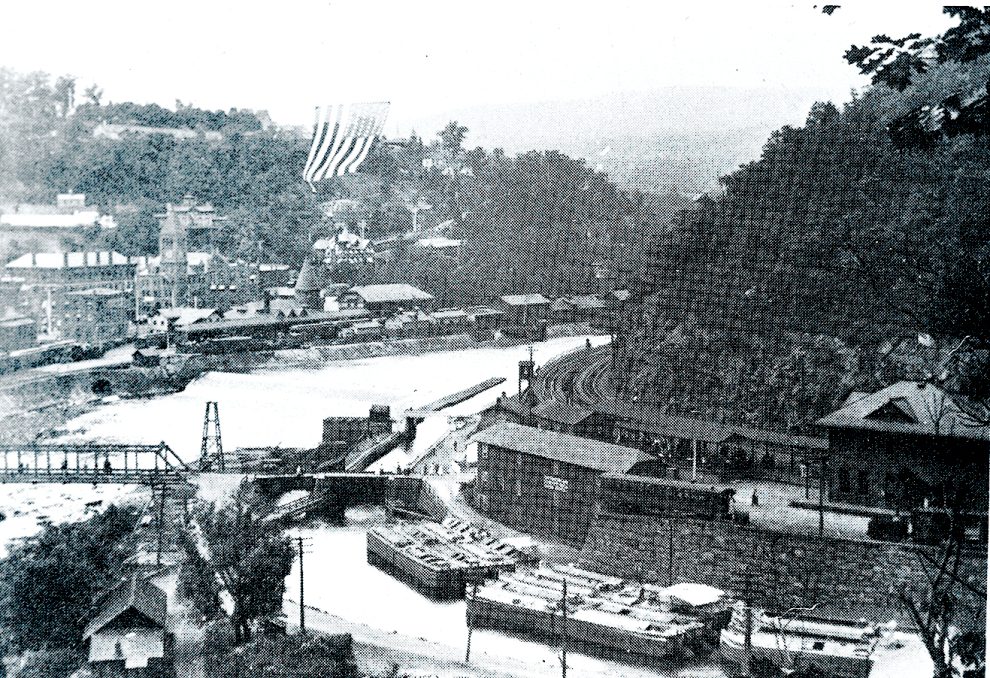


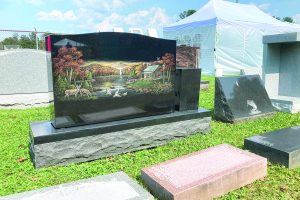
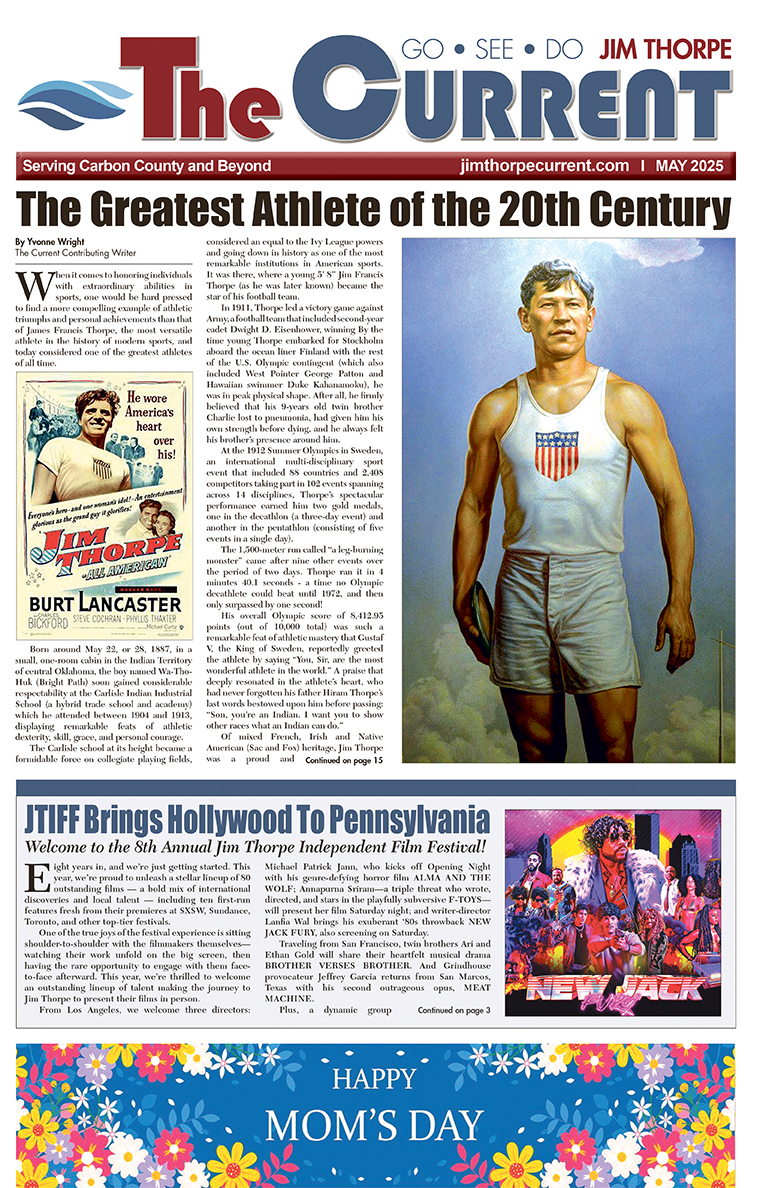
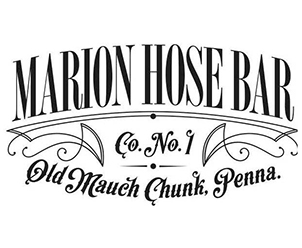

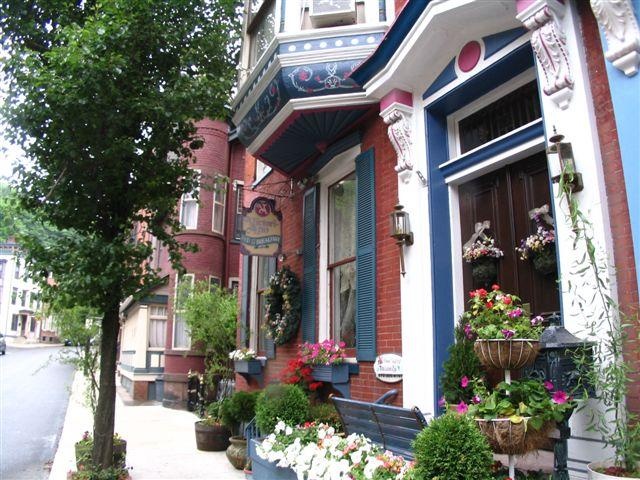










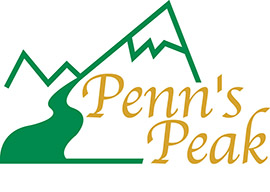
Add Comment